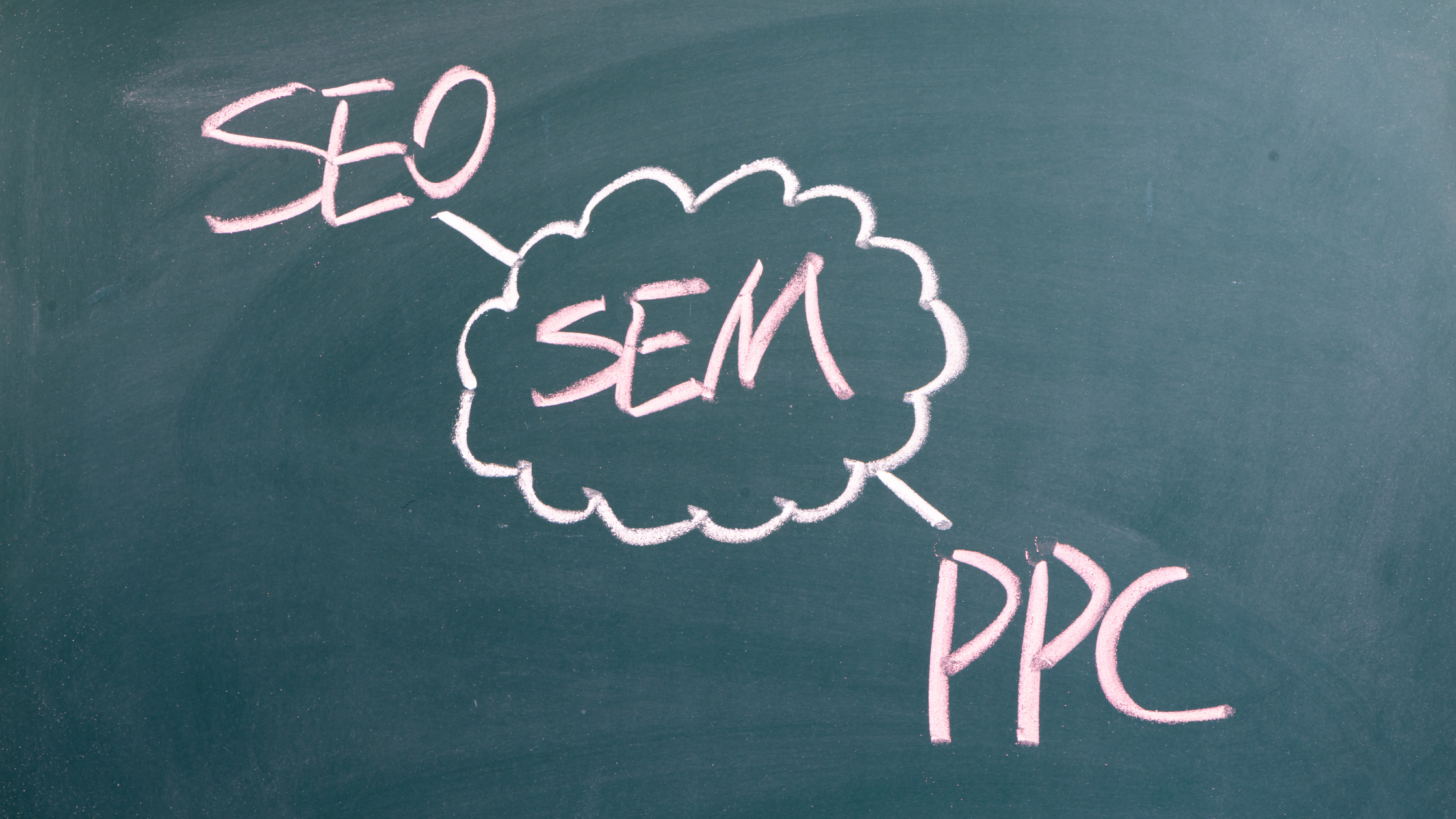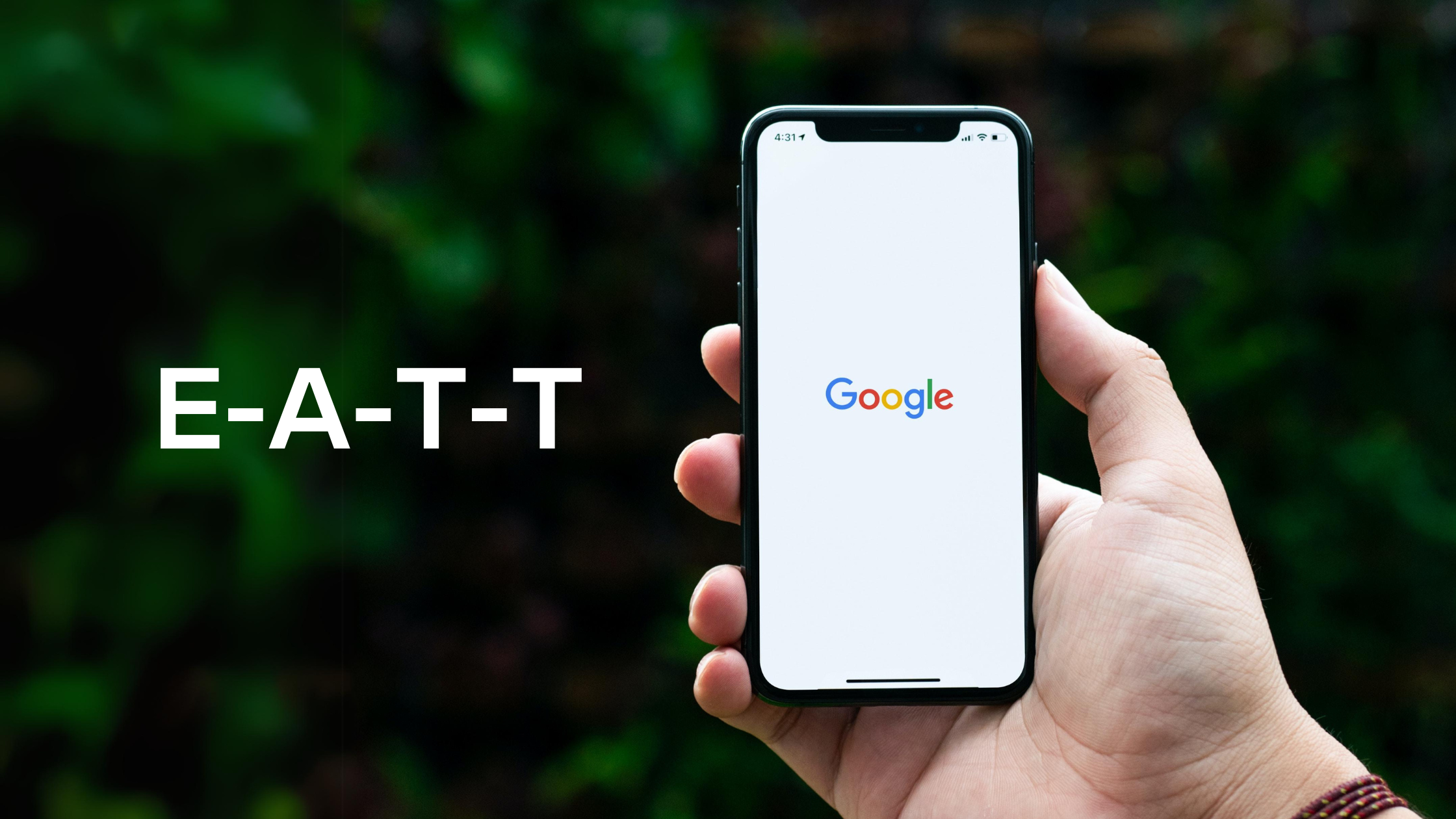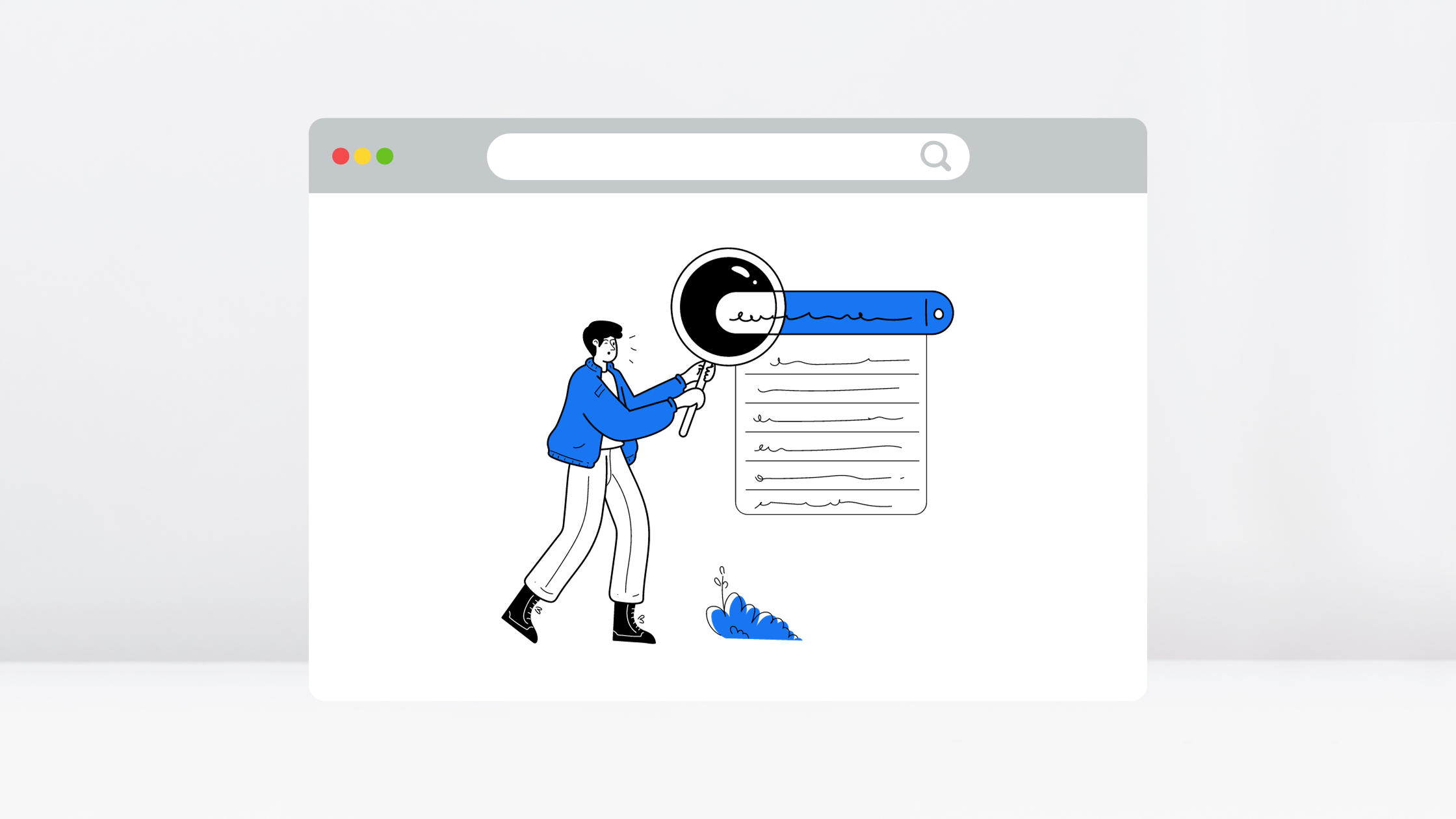Intimidated by having to learn an entirely new platform, using ad tools less advanced than Google Ads, and maintaining profitability with Amazon Advertising? You’ll be surprised at what you already know.

Even though Jeff Bezos, the founder of Amazon and the world’s richest man, is wealthy enough to write a ten-thousand-dollar check to every hustler in New York, it was New York that just got hustled, recently paying out billions in tax breaks to house Amazon’s second “headquarters.” Higher-than-expected organic growth and recent consolidation of their advertising platform means that Amazon has overtaken Bing as the third largest digital advertising platform by market share.
Lesson: If you’re anywhere near e-commerce, Amazon Advertising is a fact, not a recommendation.
Amazon has the ingredients for a truly powerhouse digital ad business, the key to which is doing more than just selling ad impressions, and it seems that they intend to do just that. While many buyers have bemoaned their ad products as confusing and difficult to buy, the new platform announced September 5 looks a lot like the winning platforms you’re likely using right now from both Google and Bing.
If you know PPC, you know Amazon Advertising.
Campaign and Ad Group Structure
Traditional PPC platforms from Google and Bing divide account organization and performance monitoring between search campaign and ad group structure. For example, thematic campaigns such as “Chicago souvenirs” provide a myriad of subordinate ad groups — think “Chicago souvenir shirt” and “Chicago souvenir pen.”
The structure in Amazon varies only slightly, requiring that you choose to highlight individual Sponsored Products similar to ads run through the Google Shopping Network or brand promotion via Sponsored Brands (formerly Headline Search Ads), a newer ad offering with the goal of freeing businesses to invest in brand awareness and presence.

The subsequent campaign settings and initial ad group(s) are similar to the process followed in Bing or Google Ads; however, the Amazon interface (as of yet) lacks options to target location and language.

For the ultimate digital business DIYer, automatic targeting campaigns are an option that leave
Amazon’s algorithm to target shoppers based on established product pages and behavioral data it retains. No keyword selection or nuanced customer selection, which means relinquishing control for timely efficiency. Manual campaigns are also an option which requires at least a basic knowledge of keyword selection and match types.
Familiar Keyword Match Types
Access to a keyword-planning feature in Amazon, exists albeit buried beneath ad group levels of strictly manual campaigns. Amazon also provides keyword bid suggestions as a basis for projecting cost. But unlike Google and Bing, search volume estimates do not yet exist and require a third-party ecommerce keyword research tool.
Thankfully, the specificity of your keyword targeting appears like an old friend. What is probably the most significant parallel between Amazon Advertising and the most rooted PPC platforms is the familiar face of exact, phrase, and broad match keyword types.
Can’t remember the specifics of each type? Here’s a quick refresher:
Exact: Keywords triggered when a query is typed using the exact search term or phrase you’ve targeted.
Phrase: Triggered when the terms or phrase you’ve selected appears in a query dependent on the ordering of the keywords while allowing other combination of keywords or phrases in a given query.
Broad: Anything even somewhat related to your keyword is triggered for display.
There’s never been a “right” answer about which type to choose. Looking for tight targeting? Exact and Phrase are the best options. If casting a net far and wide, Broad match loosens the parameters.
Amazon Advertising vs. Google and Bing?
If device targeting, ad scheduling, automated bidding and location targeting are features with which you are familiar, they are not currently available on Amazon’s platform. The company’s overnight rise into programmatic advertising has left the platform lagging behind both Google and Bing Ads which have been competing for direct-response ad dollars for years.
On the flip side, Amazon Sales Rank is a metric measuring the number of sales for a product relative to the number of sales for competing products.
Lesson: Running PPC campaigns on Amazon means increasing your organic listing visibility.
Paid and organic listings have always held court in separate arenas for Google and Bing, but with Amazon, everything counts.
There’s no greater motivation to get moving with Amazon ads when organic rank is so closely tied to your paid campaigns, and with even basic knowledge in the entrenched industry platforms, you have all the skills you need to do it.





